Earlier this year, I neglected to renew the personal website I’ve maintained for more than twenty years. By the time I discovered my mistake, the URL had already been purchased by purveyors of Asian porn. My attempts to buy it back went unanswered. There is nothing left to do but accept and grieve the loss.
I started writing and publishing back when “online magazines” were not considered “real.” The internet was mainly disreputable chatrooms and online games. Publishing meant print; print meant sending out (double-spaced, single-side-printed, stapled) manuscripts (with a cover-letter and neatly folded self-addressed stamped envelope, and maybe a signed check for $1! paper-clipped to the front) to magazines, paper magazines, many of which had been around for decades, and whose approval could get you noticed by a fancy New York agent. (My very first publication got me noticed by an agent! But it didn’t work out. ¯\_(ツ)_/¯)
Our literal guidebook back then was The Writer’s Market, which I’m not sure I ever actually bought: I’d go to the library, pull the most recent one from the shelf and sit at a table, copying down by hand the names and addresses of publications that felt like a good fit.
This book still exists, apparently — I just looked it up, and it appears that they are still producing copies. But its place in the publishing world has clearly shifted. Once it was King, the only place you could find this information. Now it is, at best, a kind of archaic way to go about it, since all this information is online.
For many years we lived and wrote and sent work out while the ground shifted beneath our feet: online magazines appeared, tempted us, even though submitting online was taboo, disreputable… But it was also so easy, and so cheap, how could you not try it, just once? And then again, and again. It was often hard to tell if sending out to an online magazine was a smart or dumb idea, but you could send to a print magazine and it would cost a fortune and take six months to hear back. An online magazine, at least in theory, could look at your work and get back to you at the speed of your modem, and all for free.
But as friction reduced, volume increased. Having to go to the library and hand-write names and addresses and print out pages and lick stamps and address envelopes all created friction, and reduced the number of people who actually managed to do it all. When that friction smoothed out, when people could send out a story just like you’d send out an email, journals found themselves overwhelmed. And the interpersonal contract between writers and publishers got, occasionally, kind of ugly. The online disinhibition effect started to color how authors thought of publishers, and how publishers thought of the writers who sent them their work.
And everything was so new that we got muddled discovering the very physics of these new mediums: an online journal is bottomless! It can scroll forever! we realized. And so the advantage of digital seemed to be the ability to go on for what would have been REAMS without paying for a single sheet, never mind the ink! Finally, a forum for the very long!
But then we found our attention spans were actually growing shorter online, and the bottomless maw of endless writing only made it worse. We used Flash to make our sites less like doompits, more like circus tents; but then iPhones were invented, Flash sites went unsupported and therefore out of style, and minimalism was in. For a long moment we wanted to be the lucky writer whose one spare poem appeared on the #FFFFFF page (its faint off-center diagram like a watermark), ringing like a crystal goblet struck in an empty, bottomless, room.
Journals started going out of business and new ones appeared: some of them were scams. Some of them were newsletters. Some of them were earnest attempts at creating a space for art and beauty, thought and wonder, challenging questions and bold assertions. As digital began to dominate, some people rejected the whole direction and re-embraced letterpress. Or typed poems on manual typewriters in public, a kind of performance art.
And then social media began coagulating around us. It would someday be the overwhelming force that framed and defined almost every relationship in our lives, including those with our writing, our fellow writers, and the journals who publish us. But at the time it felt like a vast writerly paradise: we could connect and show off our skills with words in networks that included fellow writers and editors and publishers. Writers are not, generally, known for their smooth networking skills; writers tend towards sweaty-introverted-overthinking, and longer-term hermitage. Social media really seemed to help.
Yet the network only narrowed the field: people agreed that fewer and fewer magazines were of “cultural importance,” and even fewer actually read those magazines, which were desperately just trying not to go out of business. [This was of course happening to all magazines, not just literary ones!] The list of “great” literary magazines grew so short that, were only the already-established authors of the world to submit to them, the competition would still be unspeakably fierce.
One day I was speaking to some Creative Writing MFA students, and when I mentioned that I’d recently quit social media, they all agreed that they’d like to do that too, but their professors have made it very clear that if they want to be writers, they must actively build their “personal brand.” It had become clear that it was easier to publish a book as an influencer than to attain influence by publishing a book.
All in all, I can’t say this has been a fun couple of decades to be a writer.
Readers get to stay sublimely unaware of all this steaming biz-bull, thank god. Readers get to enjoy the books, stories, and characters, enjoy the sound of the words tripping through the mind or mouth — or not, it doesn’t matter. They can take the work as it comes and for what it is and do with it what they will. The business side of writing was perhaps once more stable, or at least slower-changing; but the business side of writing has long been necessary, even though in the writer’s heart it can reduce to a splat of ugly all that’s good and wise.
And so, now we publish ourselves — except we don’t. While in the early days I created my own websites, or submitted to literary websites on the open internet, now I’m publishing on Substack and Kindle Vella. The “open internet” is a desert, and most webpages rust like old filling stations against the drifting sands where a highway once ran. Search engines are gamed and optimized by those who pay to play. We can no longer hopscotch through well tended networks of web rings. Even if we’re publishing ourselves, we have to find a platform, which means we have to be dependent on some profit-seeking institution, or our audiences will never find us.
I like Substack — I like the aesthetics, the options, and the general tone and culture of the people I’ve been fortunate enough to encounter here. But if I’m honest, I miss my old filling station. Sure maybe only a handful of cars came through every week, but it was mine. And if there’s anything to recommend publishing yourself, it should be that you own it. But: we publish with the market we have, not the market we wish we had; ever has it been such, and, no matter how much more things change, ever shall it be.




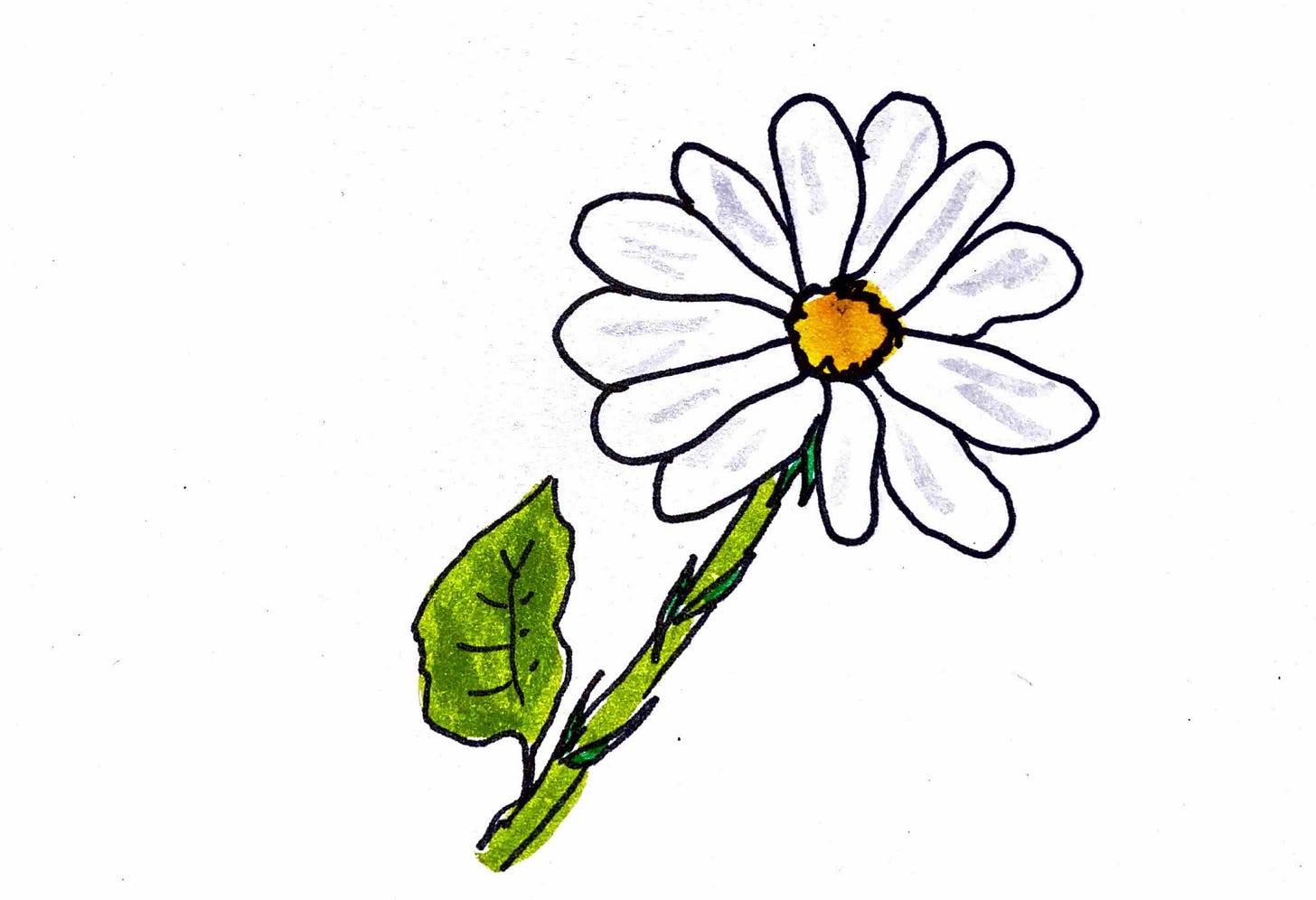
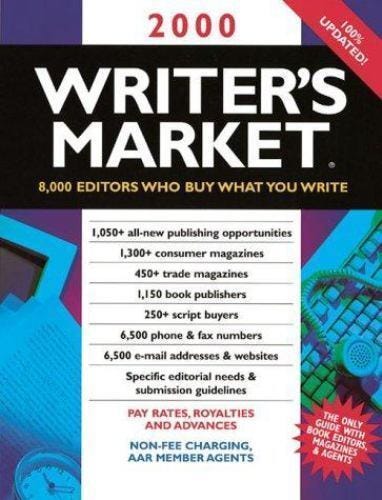
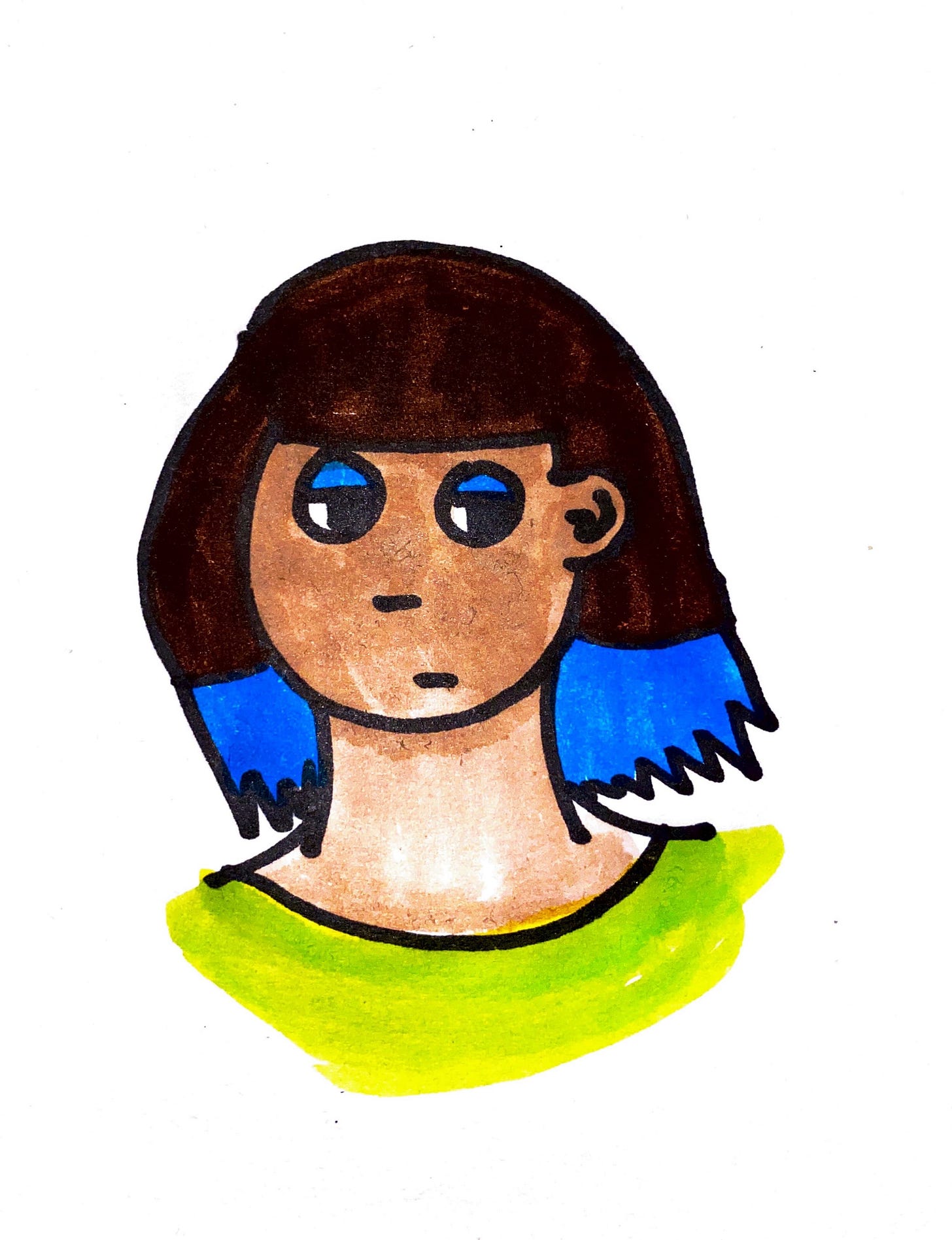
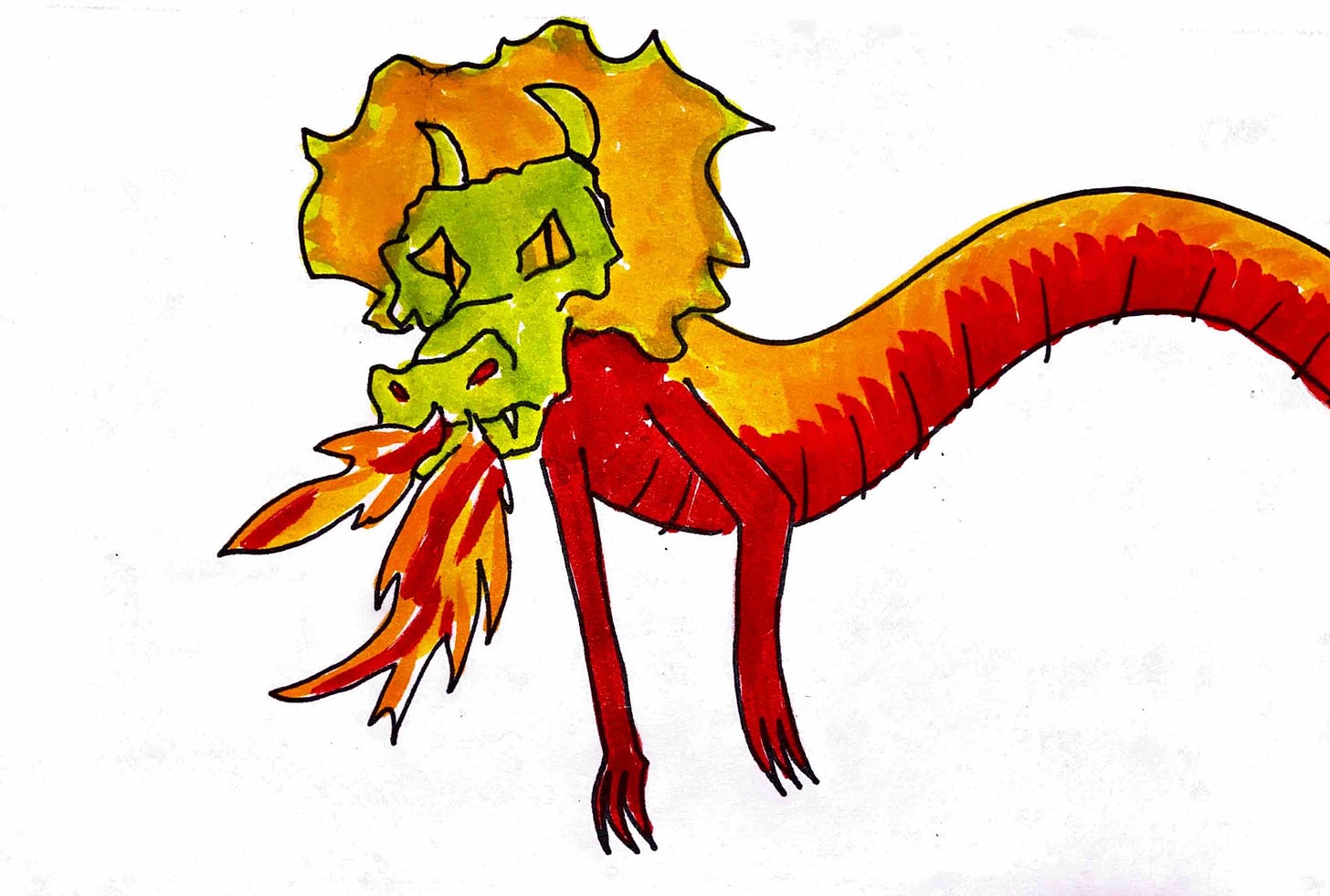
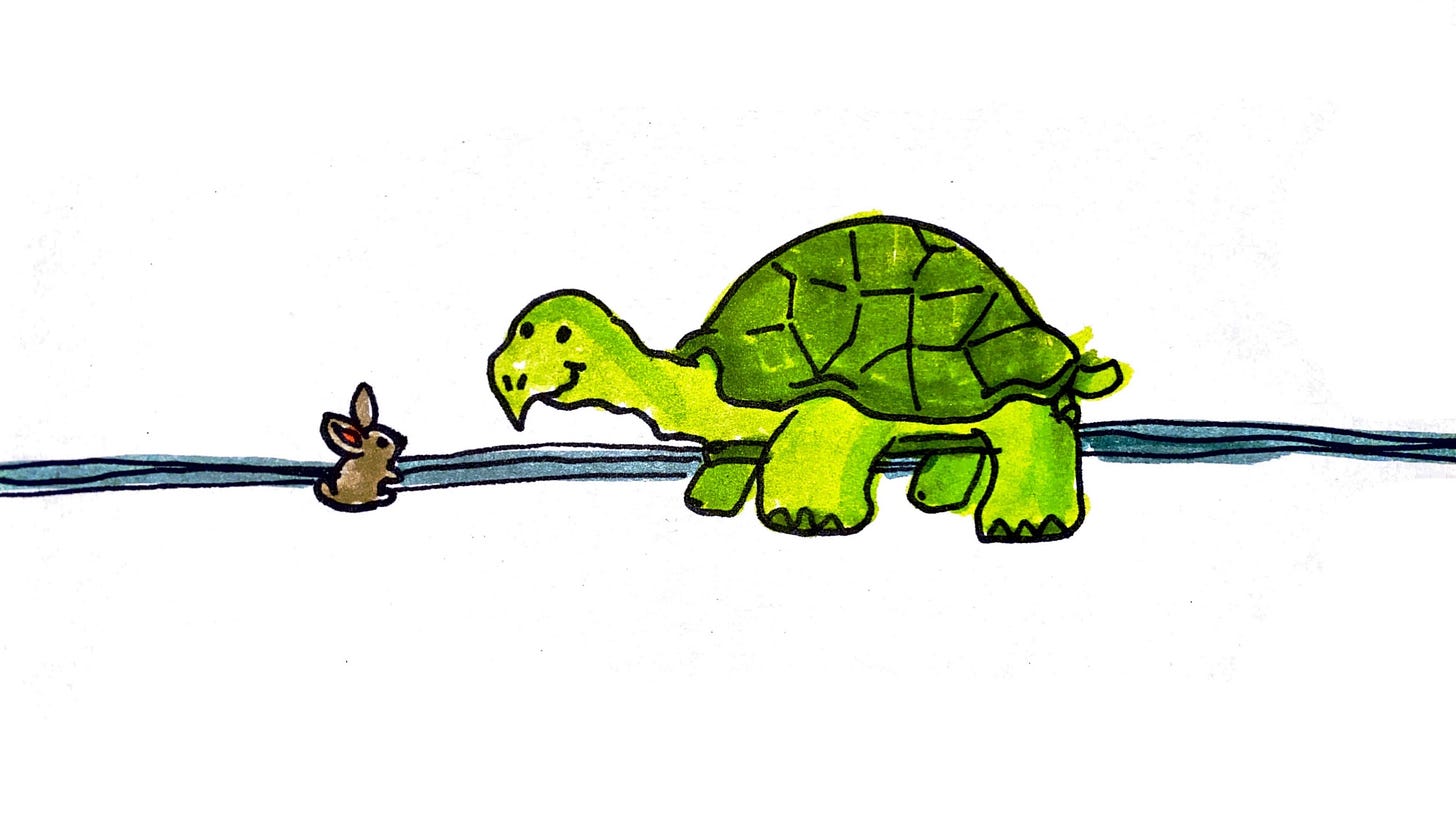
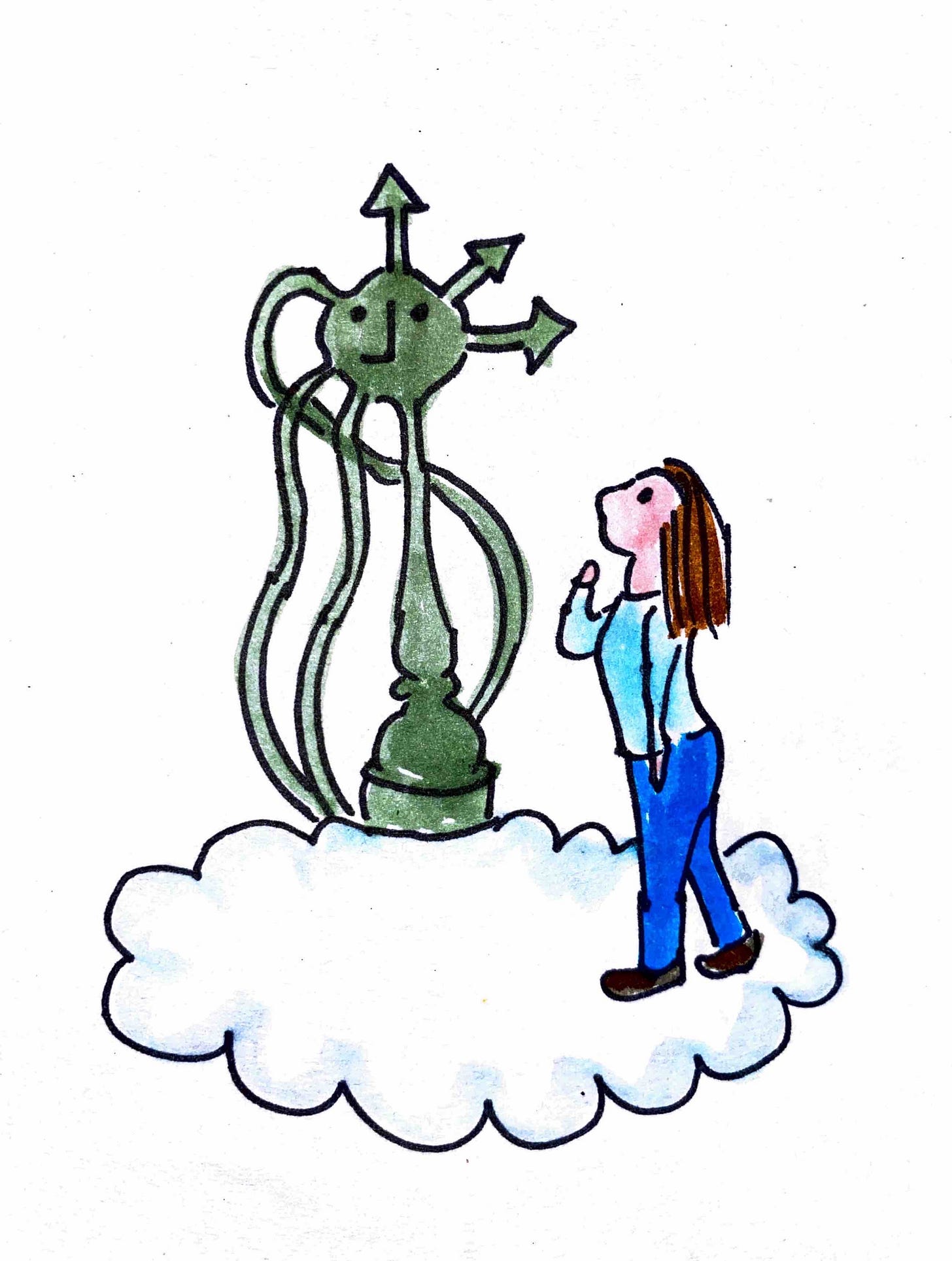
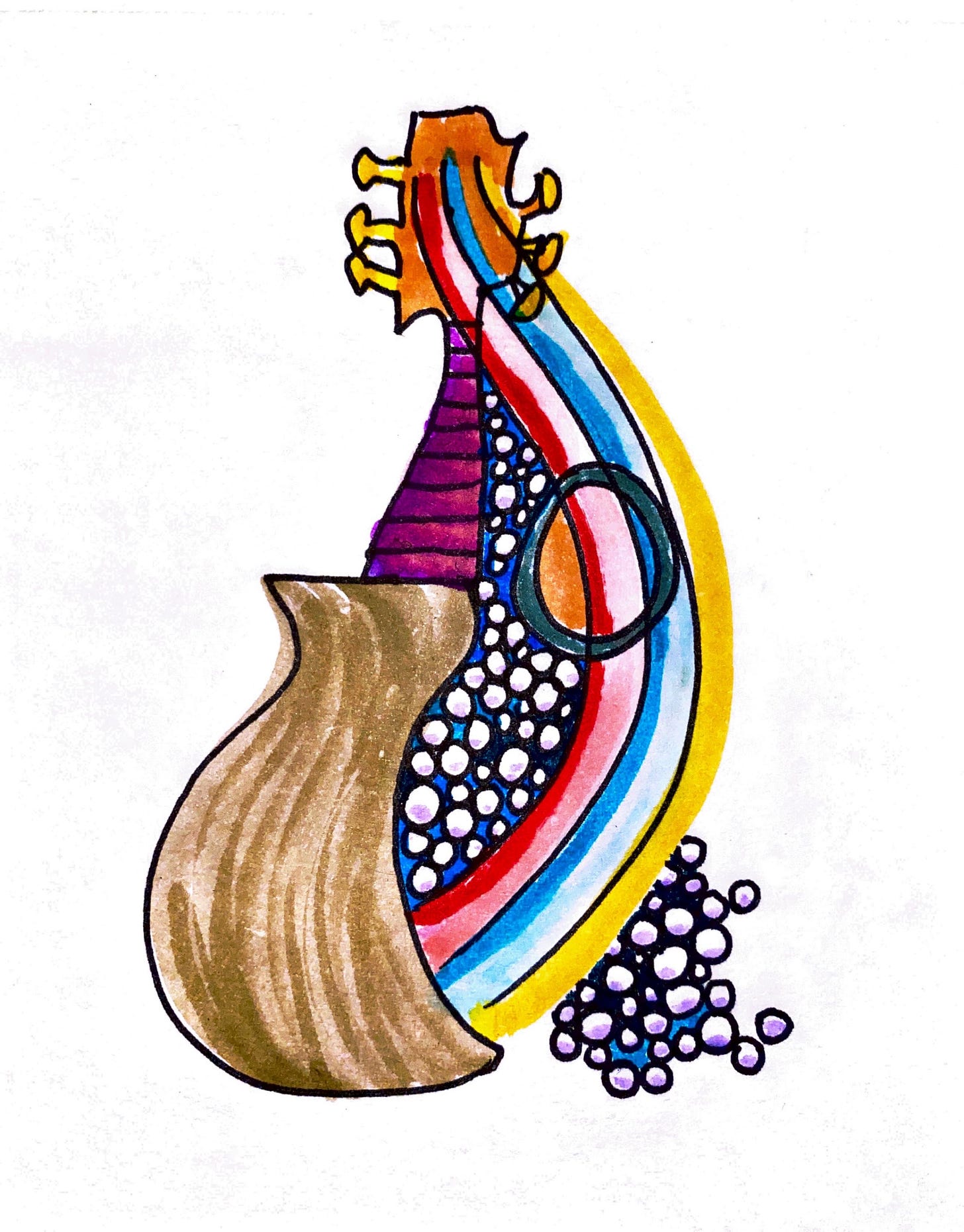
Fun trek through the history. Mine's a bit different (I remember floppy disks!) but still. But I will spend the evening wondering how they could have turned--what--Amy.letter.com into an Asian porn site. ah, life's mysteries.
Thank you for this post. I'm so sorry about the loss of your domain. I've had the same domain for more than 20 years, too, and I'd be devastated if I lost it. It's also a rusted out old filling station, but I hope to make it nice again sometime soon.
Gosh, I want to quit social media, too, but I'm afraid.